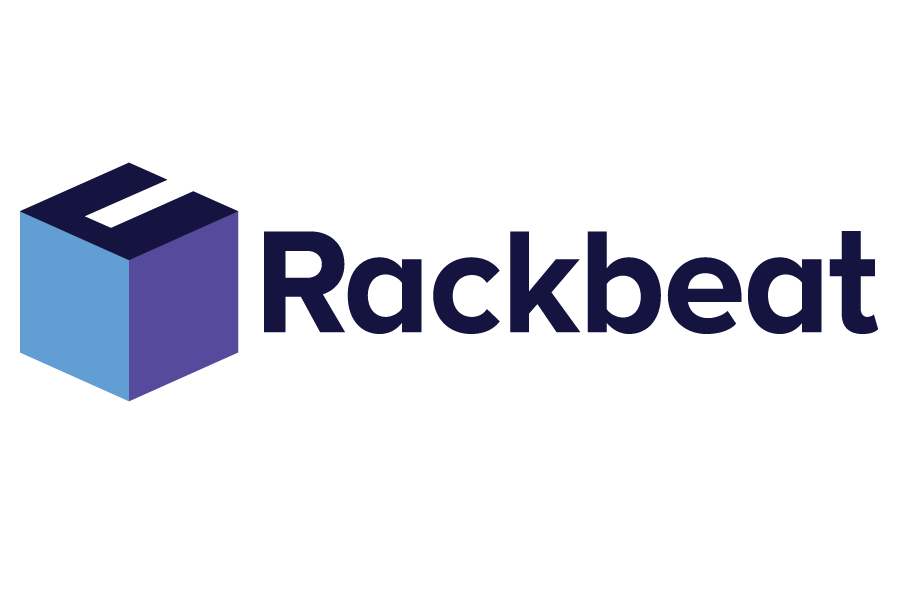Aging Inventory
Aging inventory: Stock that has been in the warehouse for longer than the desired period. Aging inventory, also known as dead stock or surplus inventory, can tie up capital, occupy space, and lead to additional costs for the company.
Rackbeat January 7, 2024
Efficient Inventory Management Keeps Aging Inventory Low
Aging inventory represents the goods that have not been subject to sale or use within a specific timeframe. This can result from overestimating demand, obsolescence of products, or changes in market trends. Aging inventory can pose significant challenges for a business, as it not only occupies warehouse space that could be used for more profitable items but can also lead to lost capital and increased costs associated with inventory carrying and obsolescence. To effectively address the problem of aging inventory, it is important for companies to implement a robust inventory management strategy. This may include regular reviews of inventory levels, identification of slow-moving items, and initiation of measures to reduce excess stock, such as promotions, discounts, or even phasing out certain products.
Rackbeat’s Reports Help Keep Aging Inventory Low
Rackbeat’s inventory management system can assist companies in identifying and reducing aging inventory through detailed inventory analyses and reports. With these, companies can monitor the turnover rates of goods, enabling them to prioritize old items first. This allows companies to make proactive decisions and minimize the negative effects of aging inventory on their operations and profitability.



